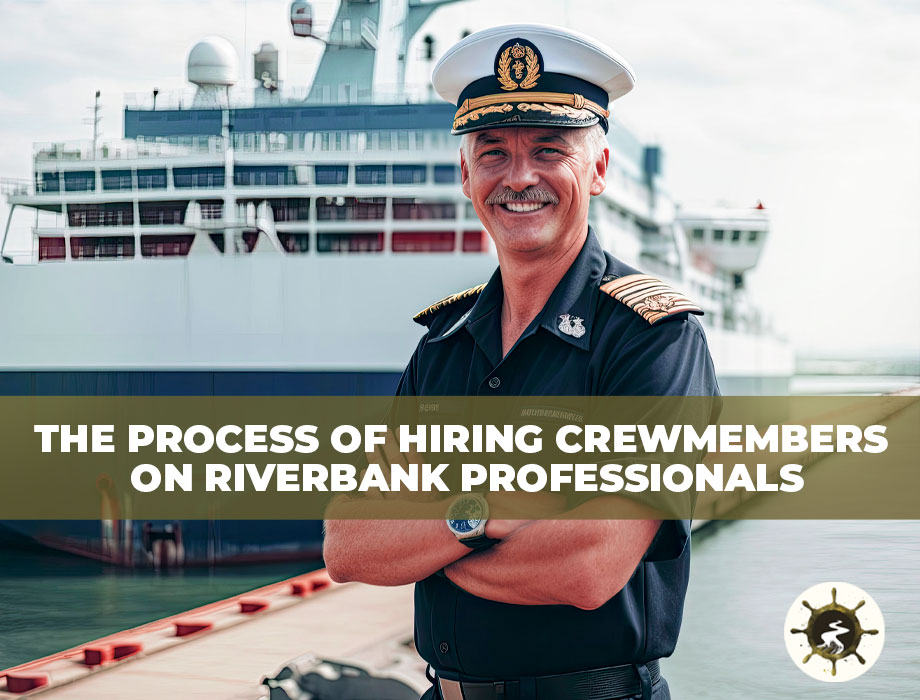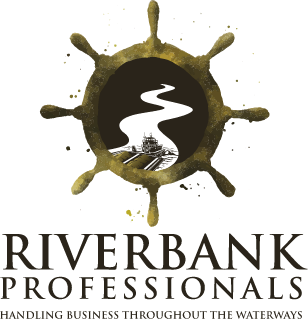In the dynamic marine industry, onboarding new crew members is pivotal to the success of any operation. Whether your business focuses on maritime logic or any other water activity, the competence of your team directly influences the safety and overall efficiency of the operation.
At Riverbank Professionals, we understand the complexities and nuances of recruiting top-tier talent for your adventures. As the leading provider of marine experiences, our platform is designed to attract, evaluate, and onboard members who are not only skilled but also passionate about the water.
From crafting detailed job postings to conducting rigorous practical assessments, each step in our process is structured to ensure that every hired member embodies our commitment and safety.
Let’s delve into the specifics of each stage in our hiring process for crew, highlighting the best practices and lessons we’ve learned along the way. Whether you’re looking to enhance your current recruitment strategy or build a robust and competent crew, this guide will provide you with the tools and knowledge needed.
A Comprehensive Guide to Our Crew Recruitment Process
Steps to Hire Crew Members

-
Clearly Define Your Needs
Before starting your recruitment journey, it’s essential to have a clear understanding of what you need. Work closely with the team to identify whether you need long-term employers or short-term contractors. The scope and length of your project can influence your hiring strategy.
Make a list of all the roles you need to fill. Be specific about the responsibilities and skills required for each position. Determine your budget for each role. This will help you filter candidates who fit within your financial constraints.
-
Create a Compelling Job Post
Crafting a compelling job post is a crucial crew employment step in our process of attracting the best talent to Riverbank Professionals.
Start the job posting with a clear and concise title that accurately reflects the role. Follow it with a detailed job description that provides insights into your project, its goals, and what makes it unique.
Clearly defined the role’s responsibilities and skills are required to provide a comprehensive understanding of what the job entails. Next, list the essential skills, experience, and qualifications for the role. Be realistic with your expectations, but don’t be afraid to set higher standards to attract the best candidates.
Additionally, highlight any perks and benefits that come with the job. Make sure your job posting is engaging and reflects the enthusiasm you have for the job.
-
Use Digital Platforms to Advertise Jobs
Post your job openings on internet networks to reach the most qualified sailors. Post job vacancies on social media and in forums for marine business to attract experienced seafarers and cultivate connections with experts in the field.
Sourcing Candidates
With job descriptions in hand, searching for the candidates begins. There are several avenues for sourcing talented individuals.
Crew recruitment agencies are the prime sources, specializing in yacht crew placement and providing prescreened candidates to match the specific requirements for the positions.
Online job seekers offer platforms where employers can list their job postings and browse the candidate’s profile, making the hiring process efficient.
Networking within the industry is another valuable method. Making connections, attending yacht shows, and participating in maritime events can lead to finding qualified candidates through word-of-mouth recommendations.
Screening and Interviewing
The screening process is crucial to ensure that the candidate meets the qualification requirements and fits well with our expectations.

Our screening process involves several steps:
-
Reviewing Application
Start by reviewing the resumes and applications to shortlist the candidates with the minimum qualifications. Carefully examine their employment history, relevant certifications, and any specialized skills they possess.
-
Conducting Interview
After checking the resumes and applications, the next step is the crew member interview process to get to know the selected candidate better.
This is your opportunity to assess their personality, skills, and experience and determine whether they are the right fit for your crew. Assess their soft skills, teamwork, and cultural fit. Questions might include scenarios to understand how candidates handle stress, conflict, and guest interactions.
-
Checking the References
Request references from previous employers or colleagues to verify the candidate’s work history and performance. This step is crucial for ensuring reliability and trustworthiness.
Conducting Trials and Evaluation
For key positions such as captain and chef, trials and evaluations are necessary for us. This involves inviting the candidate on board for a short trip to observe their skills in action.
During this time, assess their technical skills and interaction with other team members and fit into the overall team dynamics.
Finalizing the Hiring Process

After finding the right candidate, the final steps include:
-
Background Check
Perform thorough background checks to ensure that there are no red flags in candidates’ history. This might include criminal records, credit checks, and verifying certifications and licenses.
-
Correct Negotiation
We draft employment contracts that clearly outline the terms of employment, salary, benefits, and conditions of termination. We also ensure compliance with maritime labor laws and regulations.
Onboarding

Once the contract is signed, our onboarding new crew members process begins. This includes the following steps
-
Orientation
We familiarize new crew members with the yacht’s environment, safety procedures, and operational protocols.
-
Training
We train the newly hired crew members to stay current with the yacht’s safety standards and practices.
-
Integration
We facilitate team-building activities to help new members integrate smoothly with the existing crew.
Maintaining a Happy and Efficient Crew
Hiring the right crew for your seas adventures is just the beginning. Keeping them happy and efficient is an ongoing effort. Follow the given tips:
-
Effective Communication
We hold regular meetings to discuss issues, seek feedback, and ensure everyone is aligned with the yacht’s goals and standards.
-
Professional Development
We encourage continuous growth and development by offering training opportunities and supporting certification renewals.
-
Positive Work Environment
We create a positive and supportive work environment where our crew members feel valued and respected. This can lead to job satisfaction and better performance.
-
Performance Reviews
Conduct regular performance reviews to provide constructive feedback, recognize achievements, and address any areas needing improvement.
Final Thoughts
Hiring crew members is multifaceted and requires careful planning and execution. At Riverbank Professionals, we understand the importance of this meticulous process. By identifying the necessary roles and implementing a thorough onboarding process, we build a competent and harmonious crew.
A well-chosen crew not only enhances the safety and efficiency of the yacht but also significantly contributes to the overall guest experience, ensuring every voyage becomes a memorable adventure.
With Riverbank Professional’s expertise in marine industry services, you can trust that your yacht will be staffed with the best talent available, delivering exceptional service and unforgettable journeys.







